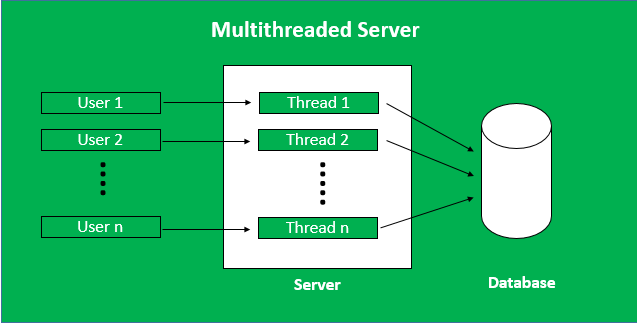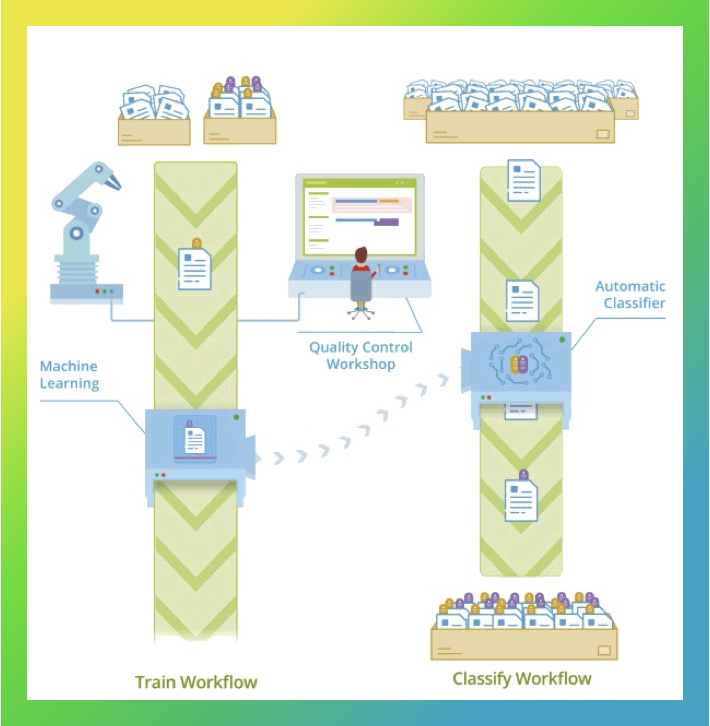FL_PyTorch: Optimization Research Simulator for Federated Learning is publicly available on GitHub.
FL_PyTorch is a suite of open-source software written in python that builds on top of one of the most popular research Deep Learning (DL) frameworks PyTorch. We built FL_PyTorch as a research simulator for FL to enable fast development, prototyping, and experimenting with new and existing FL optimization algorithms. Our system supports abstractions that provide researchers with sufficient flexibility to experiment with existing and novel approaches to advance the state-of-the-art. The work is in proceedings of the 2nd International Workshop on Distributed Machine Learning DistributedML 2021. The paper, presentation, and appendix are available in DistributedML’21 Proceedings (https://dl.acm.org/doi/abs/10.1145/3488659.3493775).
The project is distributed in open source form under Apache License Version 2.0. Code Repository: https://github.com/burlachenkok/flpytorch.
To become familiar with that tool, I recommend the following sequence of steps:
















